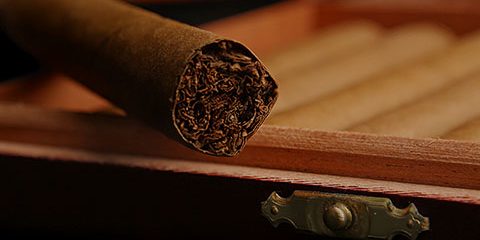Fermenting tobacco is a crucial step in the production of many popular tobacco products, including cigarettes and cigars. This process helps to improve the flavor and aroma of the tobacco, and also plays a role in reducing the levels of certain harmful chemicals in the final product.
The process of fermenting tobacco begins with the selection of high-quality tobacco leaves. These leaves are typically picked from the tobacco plant at the peak of maturity, and are carefully sorted and graded according to their size and quality.
Once the leaves have been selected, they are placed in large, airtight containers known as “fermentation tanks.” These tanks are carefully controlled to ensure the optimal conditions for the fermentation process, including the right temperature, humidity, and oxygen levels.
Over the course of several weeks, the tobacco leaves will undergo a series of chemical reactions as they ferment. During this time, the leaves will release a range of organic compounds and flavors, which will ultimately contribute to the final taste and aroma of the tobacco.
One of the key benefits of fermenting tobacco is that it helps to reduce the levels of certain harmful chemicals in the final product. For example, fermenting tobacco can help to lower the levels of nicotine, a highly addictive chemical that can have negative health effects when consumed in large amounts.
In addition to its effects on flavor and harmful chemicals, fermenting tobacco also has an impact on the color of the leaves. As the leaves ferment, they will darken and develop a rich, reddish-brown hue, which is characteristic of many high-quality tobacco products.
Once the fermentation process is complete, the tobacco leaves are ready for further processing and manufacturing into the desired products. This may involve additional steps such as drying, aging, and blending with other ingredients to create the final product.
In conclusion, fermenting tobacco is a crucial step in the production of many popular tobacco products. This process helps to improve the flavor and aroma of the tobacco, and also plays a role in reducing the levels of certain harmful chemicals in the final product. By carefully controlling the conditions in the fermentation tanks, producers can ensure that the tobacco leaves undergo the optimal chemical reactions to create a high-quality product.






